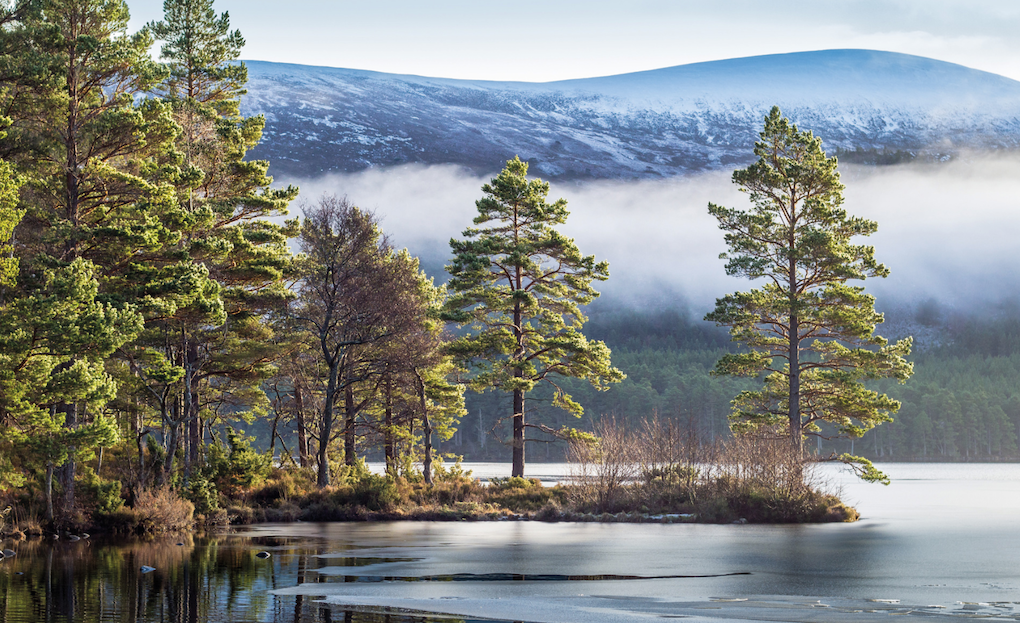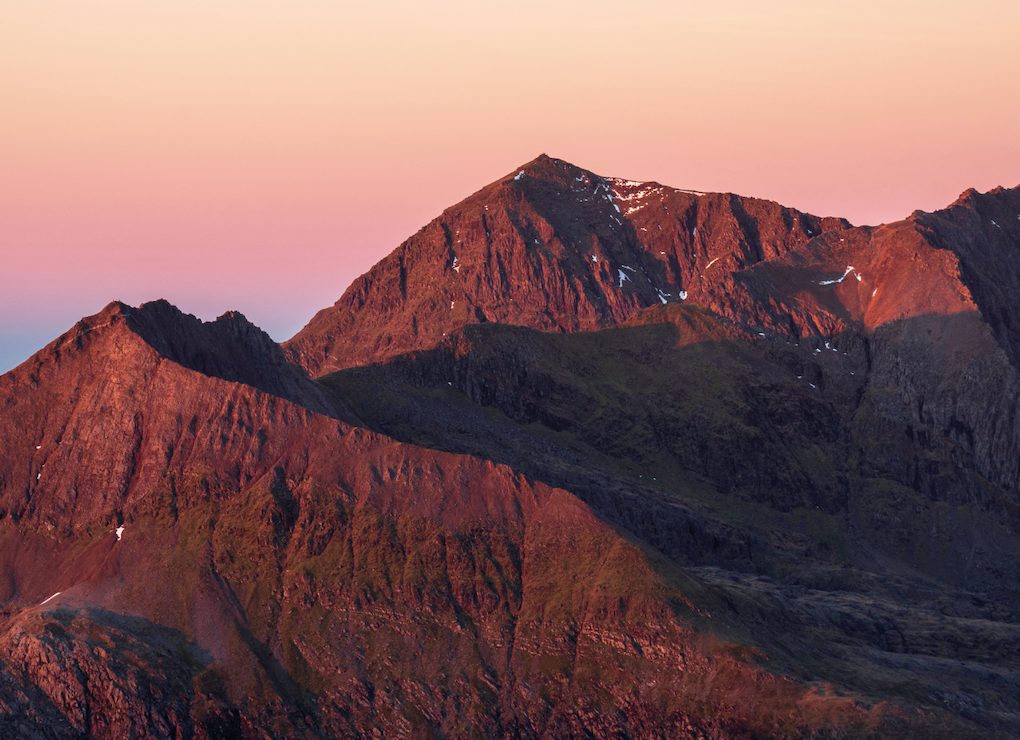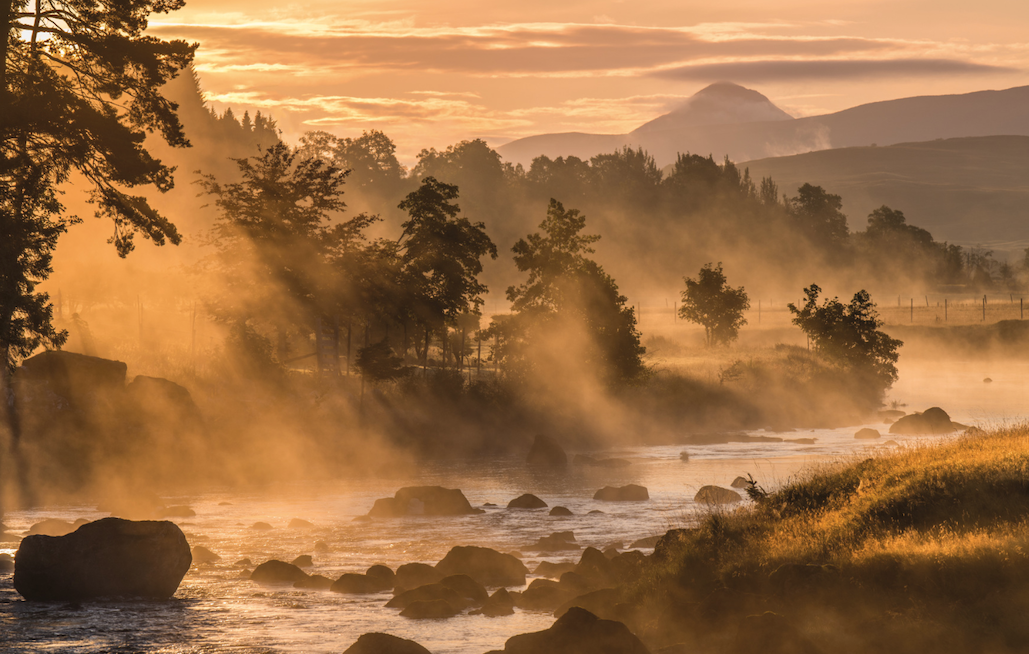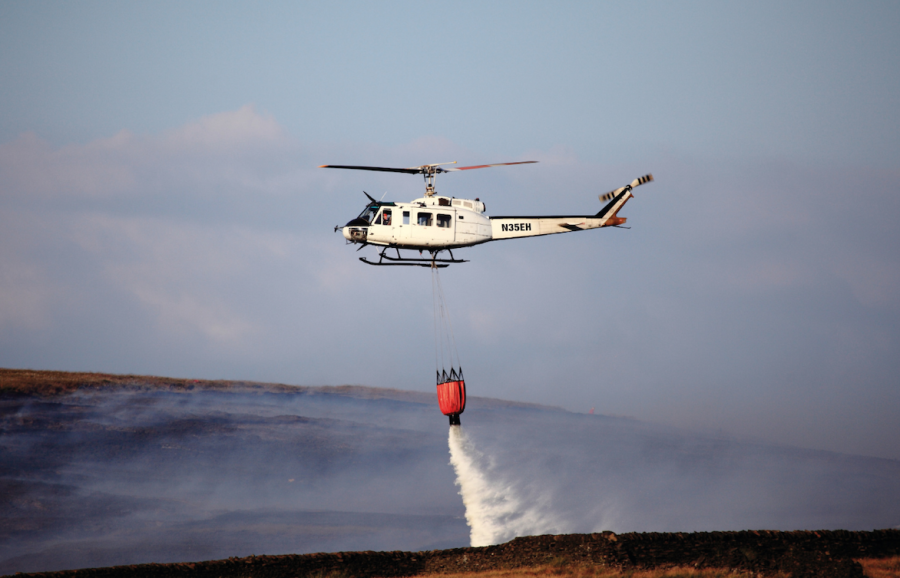Climate change is already visibly changing the Alps – but what impact will it have on Britain’s hills and mountains?
The Matterhorn is crumbling. That’s the assessment of scientists from ETH university in Zurich, who have installed movement sensors at 13,000ft to assess the impact of melting permafrost on the mountain’s stability.
They were echoing what mountaineers already knew. Over the past four decades, climate change has destabilised many of the classic Alpine climbing routes. Temperatures in the Alps rose 2C between the end of the 19th century and the beginning of the 21st century – and we’re seeing this disproportionate level of warming here in the UK as well.
“If the world goes all out to limit global warming to 1.5C above preindustrial levels, the [British] highlands would be about 3C warmer than this 1850 level or 1.5C warmer than today,” says Professor Piers Forster, Professor of Climate Physics at the University of Leeds. “If we don’t get to net zero carbon by 2050, warming levels could be twice this.”
So how will our hills fare under the transformative influence of climate change? Some of the answers might surprise you.
1. Alpine-style snow dumps
Don’t mothball the crampons just yet. Extreme weather events are likely to hit the hills more regularly as temperatures rise. A further 1.5C of warming “would raise the snowline a few hundreds metres and make snow far less common,” says Professor Forster. “But when snow does fall you may get a lot more – so I would not expect a completely snow-free season, but it would be far more unreliable.”
The bad news is that any sport requiring long periods of sub-zero temperatures – think ice climbing and potentially skiing – will be off the menu.
2. Glaciers on Snowdon
Climate models generally predict a rise in temperatures – but there’s a small chance that things in Britain could go the other way. That’s because of uncertainties over how climate change might affect the Gulf Stream, which is responsible for the UK’s fairly mild winters. Glaciologist Alun Hubbard has said that we could even see glaciers on Snowdon within his lifetime.

3. Vanishing footpaths
Heavy rainfall – one of the many side effects of global warming – isn’t just a joy killer for walkers. It also has devastating effects on footpaths.
“When water hits a path it can’t soak in very well so it tends to run down it,” explains Richard Fox of Fix the Fells. “Small amounts of rain won’t make much impact, but large amounts of rain can swamp the drainage features and tons of material can be swept away.
“We’re already seeing an increased incidence of that. The rainfall that we get now tends to come in sharper, heavier bursts, and we simply can’t build drains big enough to manage it.”
Maintenance teams such as the volunteers at Fix the Fells expect to be increasingly stretched as the climate becomes more chaotic.
4. Fire warnings
Forget avalanche forecasts – in the future, walkers could find themselves checking fire risk before heading to the hills. 2018 and 2019 have both been record-breaking years for wildfires, with the Highlands, Wales and the Peak District among the areas most affected.
“Warmer and wetter UK winters are likely to lead to a longer growing system, which in turn will yield more potential fuel for wildfire,” explains Dr Thomas Smith, Assistant Professor in Environmental Geography at the London School of Economics. “Whilst longer-lasting and more extreme heatwaves and dry spells will increase the likelihood of that fuel drying out and being available to burn in the event of an ignition.”
5. Danger ahead
Hill walking isn’t a risk-free activity even in the best conditions, but climate change could compound the danger factor. “As we are seeing in the Alps, crumbling glaciers and thawing ground can become a real safety concern for walking and residents with an increased threat of landslides,” says Professor Forster. “This coupled to more powerful storms with more rain and stronger wind will make winter activities more dangerous.”

6. Say goodbye to shorts
Trousers could be a must for the hill walkers of 2050, as disease-bearing ticks spread across the highlands. Professor Matthew Baylis, Chair of Veterinary Epistemology at the University of Liverpool, says the tick that carry Lyme disease is currently limited by cold temperatures. “That means it is not found in areas of high altitude, where it is too cold for the tick to survive,” he explains. “But models suggest that warming temperatures in future years will enable the tick to spread to altitudes which are currently too high and cold, thereby increasing the areas where walkers are at risk of contracting Lyme disease.”
7. Shorter climbs
Until recently, scientists thought that the world’s seas would rise by no more than a metre by 2100. Their estimations are rapidly being revised and current studies suggest that we’re heading for double that figure. Combine sea level rise with rock fall and erosion, and we could be looking at several metres wiped off the de facto heights of many British peaks. Don’t panic, though, your Munro total should remain intact; mountain elevation is measured using a mathematical representation of the Earth, which won’t be affected by rising seas.
8. Wilder landscapes
It’s not all doom and disaster. While climate change is already playing havoc with mountain eco systems, the measures humans use to fight it could give wildlife a second chance. “In order to help achieve zero carbon emissions, Scotland has very ambitious tree planting targets that it is taking seriously, planting 11,000 ha last year and more this year,” says Professor Forster. “This planting will hopefully include forests of various types, from plantations to rewilding. So I expect to see far more trees and wildlife in Scotland’s landscapes – not as a consequence of climate change, but rather as a solution.”








